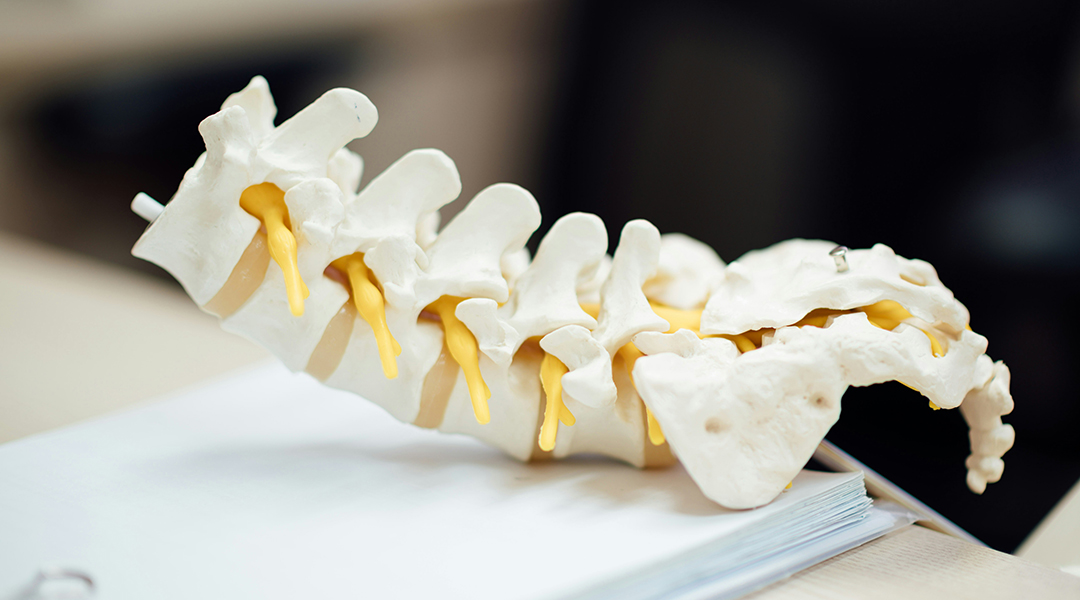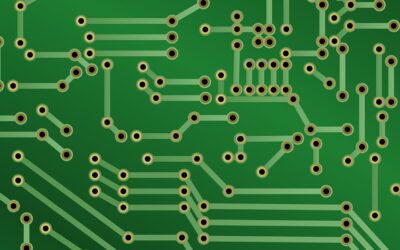Bone infections are rare, but can be extremely difficult to fully heal. Researchers have come up with a potential solution in the form of a 3D-printed biomaterial that releases antibacterial compounds when it detects pathogens, helping to restore the natural healing process.
Bacteria can infect bone following injury, surgery, or from the bloodstream. While these infections are typically treated with antibiotics, they often fail to completely eradicate all the pathogens, causing the infection to resurface and hindering the recovery of damaged bone tissue.
“Infected bone defects represent one of the most persistent and devastating consequences in orthopedic clinics,” stated the authors of the study, published in Advanced Science.
Saving stem cells
The researchers set out to develop a new treatment that could stop bacteria from killing and impairing the stem cells found in the bone marrow that are responsible for repairing the bones. They started by looking at Staphylococcus aureus, which is the most common pathogen behind bone infections around the world.
One reason why S. aureus can be very challenging to treat is that it can escape antibiotics by hiding inside bone stem cells. However, the exact mechanism it uses to kill these cells was still unknown, until now.
The researchers found that S. aureus infect and kill bone cells through a process called ferroptosis, a form of “programmed cell death” where iron levels inside the cell rise, instructing the cell to kill itself.
“These findings suggest that targeting bacteria-induced ferroptosis could significantly enhance bone regeneration in infected bone defects,” stated the authors of the study.
3D-printed grafts
Based on these results, they designed a biomaterial that could simultaneously block ferroptosis and promote the growth of new bone tissue. They started out by 3Dprinting a scaffold for bone stem cells to grow into, made out of biodegradable glass.
This type of material has a porous structure, similar to that of our bones, providing a foundation for new bone cells to grow into and create new bone. As the cells replace the bioglass and regenerate the bone structure, the material releases chemicals that are beneficial to the healing process.
Similar 3D-printed bone grafts made from bioactive glass have already been approved by the FDA and shown success at healing bone fractures. However, this material alone is not able to fully clear bone infections.
To tackle bacterial infections, the researchers loaded the bioglass scaffold with a gel-like material that contains an antibacterial compound and another that blocks ferroptosis. The gel was designed to hold on to these compounds and only release them when bacteria were present, thanks to a reaction with chemicals produced by bacteria. This allowed the 3D-printed implant to activate only when needed, and to sustain these effects over the course of several weeks.
“Artificial bone scaffolds loaded with antibacterial components and bioactive factors have become a hotspot in the advances of orthopedic materials,” stated the researchers. However, “these scaffolds frequently lack mechanisms for the responsive and sustained release of bioactive factors.”
Unprecedented early results
When testing the implant in mice, the scientists found that the amount of bacteria in the bone started decreasing after the third day, becoming undetectable after a week. The biomaterial had fully degraded after two weeks, and the bone tissue started to heal after six weeks.
In comparison, mice that received an implant consisting of the same 3D-printed scaffold but without the antibacterial and anti-ferroptosis compounds did not see the amount of bacteria decrease and were not able to heal.
This research opens up a new path to treat bone infections when antibiotics are not effective. One day, patients with chronic or severe bone infections could undergo a surgery to receive this 3D-printed implant to clear the infection and help their own body go through a natural repair process.
However, more work will be needed before this can be taken into a clinical setting, including toxicity tests to ensure the material is safe for humans.
Reference: Kai Yuan et al., Targeting Bacteria-Induced Ferroptosis of Bone Marrow Mesenchymal Stem Cells to Promote the Repair of Infected Bone Defects, Advanced Science (2024). DOI: 10.1002/advs.202404453
Feature image credit: CHUTTERSNAP on Unsplash














